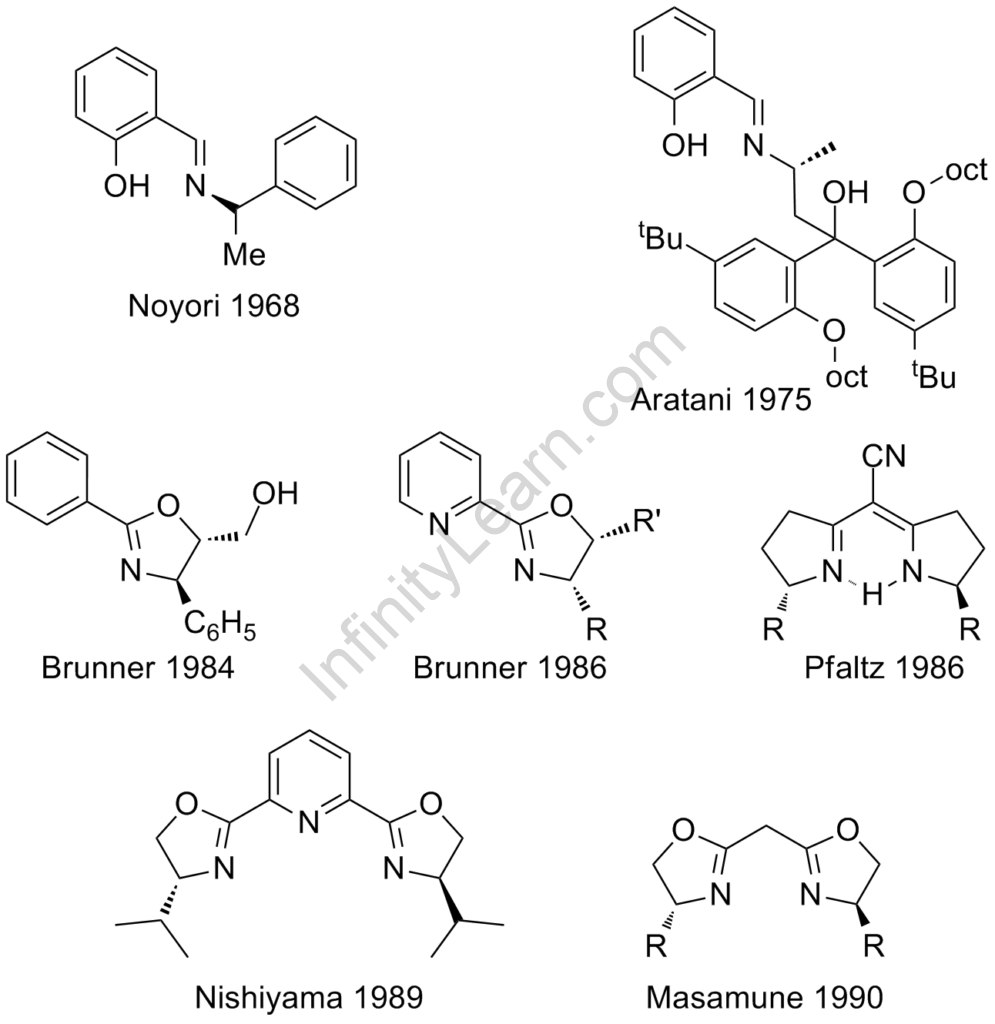Table of Contents
A ligand is really an ion or molecule (functional group) that binds to a central metal atom to form a coordination complex in coordination chemistry. Bond formation with metals typically entails the formal donation of one or more of the ligand’s electron pairs, often via Lewis Bases. Metal–ligand bonding could be covalent or ionic in nature. Moreover, the order of the metal-ligand bond can range from one to three. Ligands have been thought to be Lewis bases, though there have been a few cases where Lewis acidic “ligands” have been observed.

Metals, as well as metalloids, are almost always bound to ligands, though gaseous “naked” metal ions can be generated in a high vacuum. Ligands in a complex control the reactivity of the central atom, along with ligand substitution rates, ligand reactivity, and redox. Ligand identification is a critical consideration in a wide range of practice areas, including bioinorganic and medicinal chemistry, homogeneous catalysis, and environmental chemistry.
In order to form a covalent bond with the central atom, a ligand must contain at least one donor atom with an electron pair. In the dye and pigment industry, coordination compounds based on the presence of transition metals and the type of ligands are used.
Ligands are being classified in a variety of ways, including charge, size (bulk), coordinating atom(s), and the number of electrons donated to the metal (denticity or hapticity). The cone angle of a ligand indicates its size.
Mono dentate Ligands
Monodentate ligands are indeed known as “one-toothed” because they only bite the metal atom once.
Bidentate Ligands
Bidentate ligands seem to be Lewis bases that donate two lone pairs of electrons to the central metal atom. They have been frequently referred to as “chelating ligands.” Chelates is the name given to a complex that contains chelating ligands.
Tridentate Ligands and Polydentate Ligands
Tridentate ligands have 3 electron lone pairs to the central metal atom or ion. Similarly, the tetradentate molecules have four donor atoms, pentadentate molecules have five donor atoms, and hexadentate molecules have six donor atoms. They have been commonly referred to as polydentate ligands.
Chelate Effect
The phrase chelate comes from the Greek word ‘close,’ which means ‘crab.’ A chelating ligand is something that is attached to a central metal atom or ion by bonds from two or more donor atoms. The key distinction between a chelating ligand and a polydentate ligand is that a chelating ligand can bind to the same central metal atom multiple times, whereas a normal polydentate ligand does not always bind to the same metal. As a result, a polydentate ligand does not have to be a chelating ligand.
This effect describes why chelating ligands have a higher affinity for central metal ions or atoms than nonchelating monodentate ligands for the same metal.
FAQs
What do you mean by ligand?
In science, an atom or molecule that is attached to a central atom, typically a metallic element in coordination or complex compound is known as Ligand.
How does nature use ligands?
Natural ligands seem to be compounds found in nature that bind their receptors with high potency (ideally, in the nanomolar range), causing conformational changes in the complex structure and thus inducing relevant physiological activities.






